
Splendid Persia (14) Days
from EUR 1505€
Golestan Palace, Tajrish and Sa'adabad Palace, Pink mosque, Persepolis, Nomads, Yazd & Chak Chak, Isfahan
-
Reviews 1 Reviews5.00/5
-
Category CulturalDays/Nights 14/13
-
Transport Vehicle airport_shuttle
-
UNESCO site
- 6
-
Group Size Small
-
We Will Visit Isfahan Farahzad Yazd Kashan
- 20 % discount from June to September & from December to March
All about the Splendid Persia

Golestan Palace, Tajrish and Sa'adabad Palace, Pink mosque, Persepolis, Nomads, Yazd & Chak Chak, Isfahan

The tour package inclusions and exclusions at a glance
Whats included in this tour
Items that are covered in the cost of tour price.
- Accommodation in the hotels with breakfast (B&B)
- Visa Code
- Domestic flight from Tehran to Shiraz
- Private Transfer with AC
- Professional English-speaking Tour Guide
- All entrance fees for the mentioned sites
- All airport transfers
Whats not included in this tour
Items that are covered in the cost of tour price.
- Visa extension
- Lunch and dinner
- Tipping
Accommodation
Budget Hotels (2&3 Star)
Tehran:
Markazi Hotel
Shiraz:
Arg Hotel or Forough Boutique Hotel
Yazd:
Moshir caravanserai Hotel
Barndaz:
Barndaz Guesthouse
Isfahan:
Sunrise Traditional Hotel or Setareh Hotel
--------------------------------------
Mid-range Hotels (All 4 Star)
Tehran:
Aramis Hotel
Shiraz:
Ario Barzan Hotel or Shiraz Royal Hotel
Yazd:
Moshir al-Mamalek Garden Hotel or Arg Hotel
Barndaz:
Barndaz Guesthouse
Isfahan:
Piroozy Hotel
--------------------------------------
Luxary Hotels (All 5 Star)
Tehran:
Espinas Hotel or Parsian Azadi Hotel
Shiraz:
Shiraz Grand Hotel or Zandiyeh Hotel
Yazd:
Moshir al-Mamalek Garden Hotel
Barndaz:
Barndaz Guesthouse
Isfahan:
Abbasi International Hotel or Parsian Kowsar Hotel
Tehran:
Markazi Hotel
Shiraz:
Arg Hotel or Forough Boutique Hotel
Yazd:
Moshir caravanserai Hotel
Barndaz:
Barndaz Guesthouse
Isfahan:
Sunrise Traditional Hotel or Setareh Hotel
--------------------------------------
Mid-range Hotels (All 4 Star)
Tehran:
Aramis Hotel
Shiraz:
Ario Barzan Hotel or Shiraz Royal Hotel
Yazd:
Moshir al-Mamalek Garden Hotel or Arg Hotel
Barndaz:
Barndaz Guesthouse
Isfahan:
Piroozy Hotel
--------------------------------------
Luxary Hotels (All 5 Star)
Tehran:
Espinas Hotel or Parsian Azadi Hotel
Shiraz:
Shiraz Grand Hotel or Zandiyeh Hotel
Yazd:
Moshir al-Mamalek Garden Hotel
Barndaz:
Barndaz Guesthouse
Isfahan:
Abbasi International Hotel or Parsian Kowsar Hotel
Meals
Breakfast
- What is the Iranian Calendar?
- Are there insect bites in Iran?
- What is the Iranian Calendar?
- How are public restrooms in Iran?
- How are public restrooms in Iran?
- What’s the importance of dressing in Iran?
- How is the Telecommunication in Iran?
- Is insurance necessary?
- How is the weather like in Iran?
- Can I drink alcohol beverages?
- How does Iranian food look like?
- Money talks, but what kind of money? Where can it be exchanged?
- When is the best time to visit Iran?
- Can everyone visit Iran?
- Is it safe to travel to Iran now?
- How is the medical service in Iran?
- How is the Telecommunication in Iran?
- How is the weather like in Iran?
- Can I drink alcohol beverages?
- How does Iranian food look like?
Writing A Review
Overall Rating
5.00
/5
Please login or use google account to write review.
Show More Reviews - 1 Reviews
| Person | 2&3 Star Hotels(traditional) | 4 Star Hotels | 5 Star Hotels | |
|---|---|---|---|---|
|
1
|
2740
|
3120
|
3590
|
|
|
2-3
|
1505
|
1735
|
1930
|
|
|
4-6
|
Enquiry
|
Enquiry
|
Enquiry
|
|
|
7-10
|
Enquiry
|
Enquiry
|
Enquiry
|
|
|
11-17
|
Enquiry
|
Enquiry
|
Enquiry
|
|
|
18-25
|
Enquiry
|
Enquiry
|
Enquiry
|
|


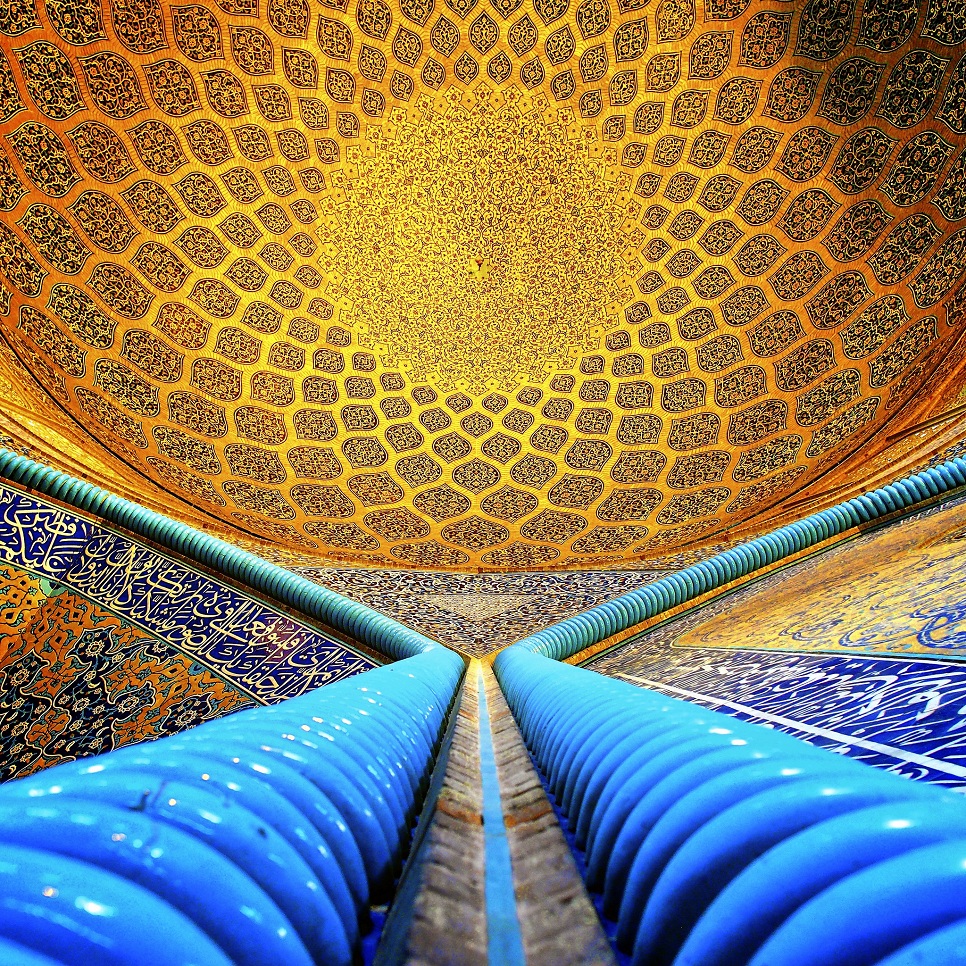
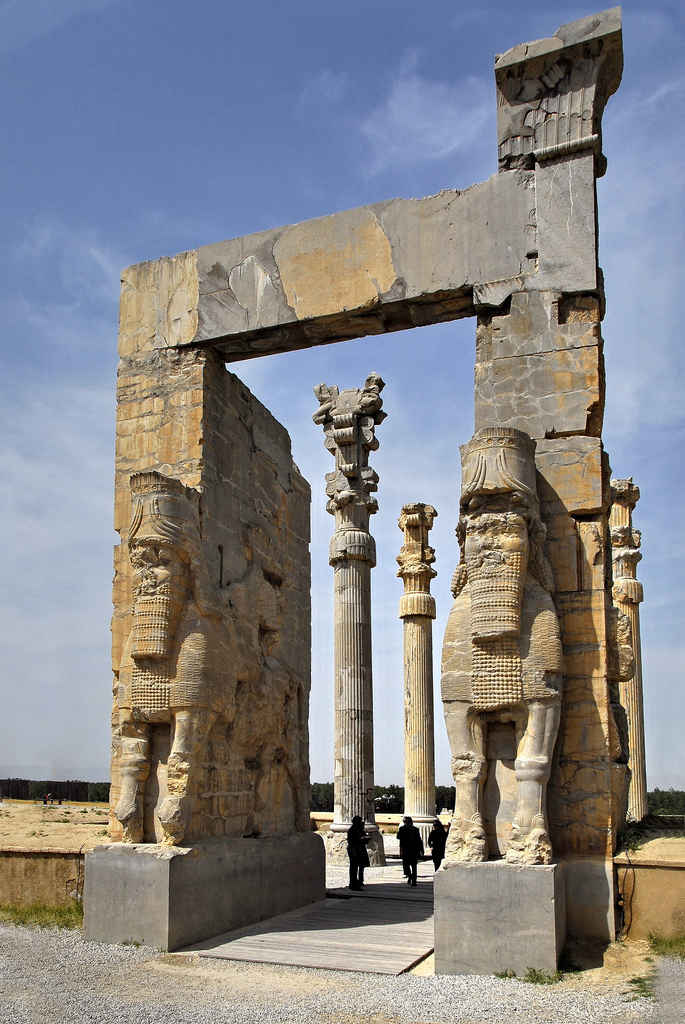
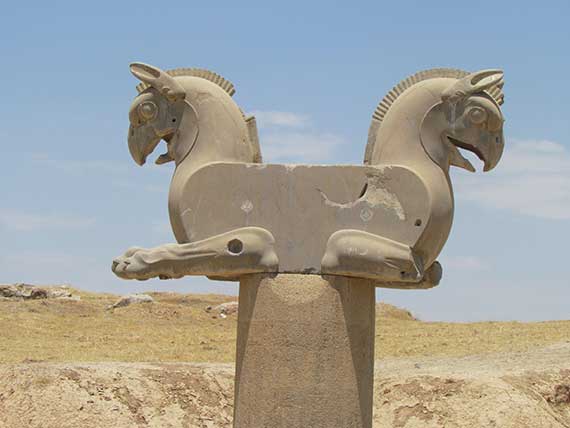


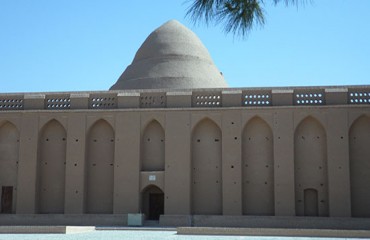
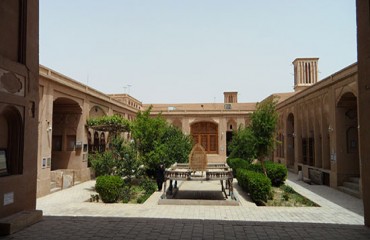
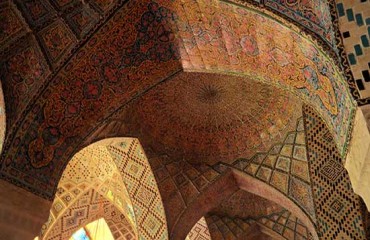
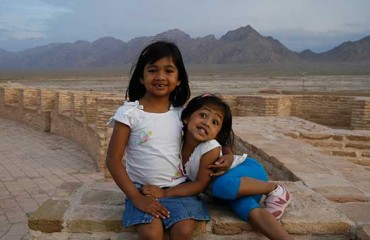
Amazing trip, lovely people, delicious food: Unforgettable Iran!
I would like to thank Come2Persia for the amazing trip and the wonderful support in planning it. Since the beginning Fariba & Ali were extremely helpful and professional. They organized a 15 days tour to Iran including Tehran, Shiraz, Yazd, Isfahan and Kashan: a trip to the Persian culture and its Cuisine.
I did 3 amazing Persian cooking classes, each one of them in a different city. No other cuisine knows better how to prepare a stew and know how make use of so many spices: delicious!
During my trip I had a very gentle and great guide - Reza - who shared his knowledge about Iran history. I learned so much about this interesting civilization: listening about the past and understanding the present.
Also, I cannot forget to mention the excellent hotels Come2Persia booked. I couldn't be happier and Come2Persian exceeded my expectations in all ways.
This is a trip that will be forever in my mind and heart!
Thank You again Fariba, Ali e Reza for everything.